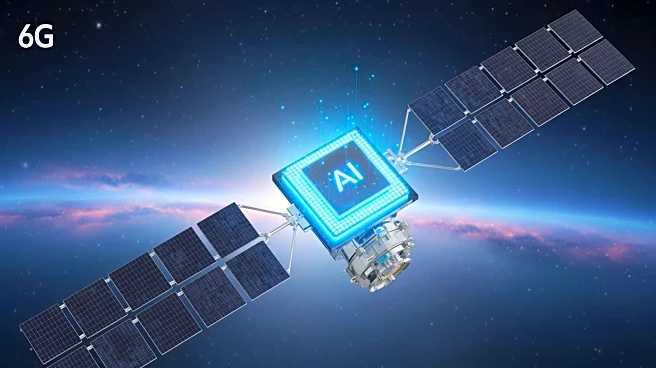What's Happening?
Juniper Research has released a report identifying key trends in the telecom industry for 2026, focusing on the integration of AI, the evolution of 6G technology, and the expansion of satellite networks.
The report emphasizes a shift from traditional infrastructure to intelligence-driven models, with AI agents expected to redefine customer interactions by automating tasks and integrating with communication platforms. The research also highlights the convergence of MVNOs and eSIMs, predicting a seamless global user experience. Additionally, significant advancements in 6G research, particularly in the Terahertz spectrum, are anticipated, aiming to improve efficiency and monetization. The report also notes the growing role of multi-orbit satellite networks in enhancing global connectivity.
Why It's Important?
The trends outlined by Juniper Research indicate a transformative period for the telecom industry, with potential impacts on global connectivity and business models. The integration of AI in customer service could lead to more efficient and personalized interactions, benefiting both consumers and service providers. The focus on 6G and Terahertz spectrum research suggests a future of faster and more efficient wireless communication, which could drive innovation across various sectors. The expansion of satellite networks promises to enhance connectivity in remote areas, potentially bridging digital divides. These developments could lead to new revenue streams and business opportunities, positioning telecom companies to better meet the demands of a digital-first world.
What's Next?
As the telecom industry moves towards these innovations, companies are likely to invest heavily in AI and 6G research to stay competitive. The adoption of AI-driven customer service models may become widespread, with businesses seeking to leverage these technologies for improved customer engagement. The ongoing research in 6G and Terahertz spectrum will likely continue, with industry stakeholders collaborating to establish standards and frameworks. The expansion of satellite networks will require regulatory approvals and partnerships to ensure seamless integration with existing infrastructure. These trends suggest a dynamic future for the telecom industry, with significant implications for global connectivity and digital transformation.












